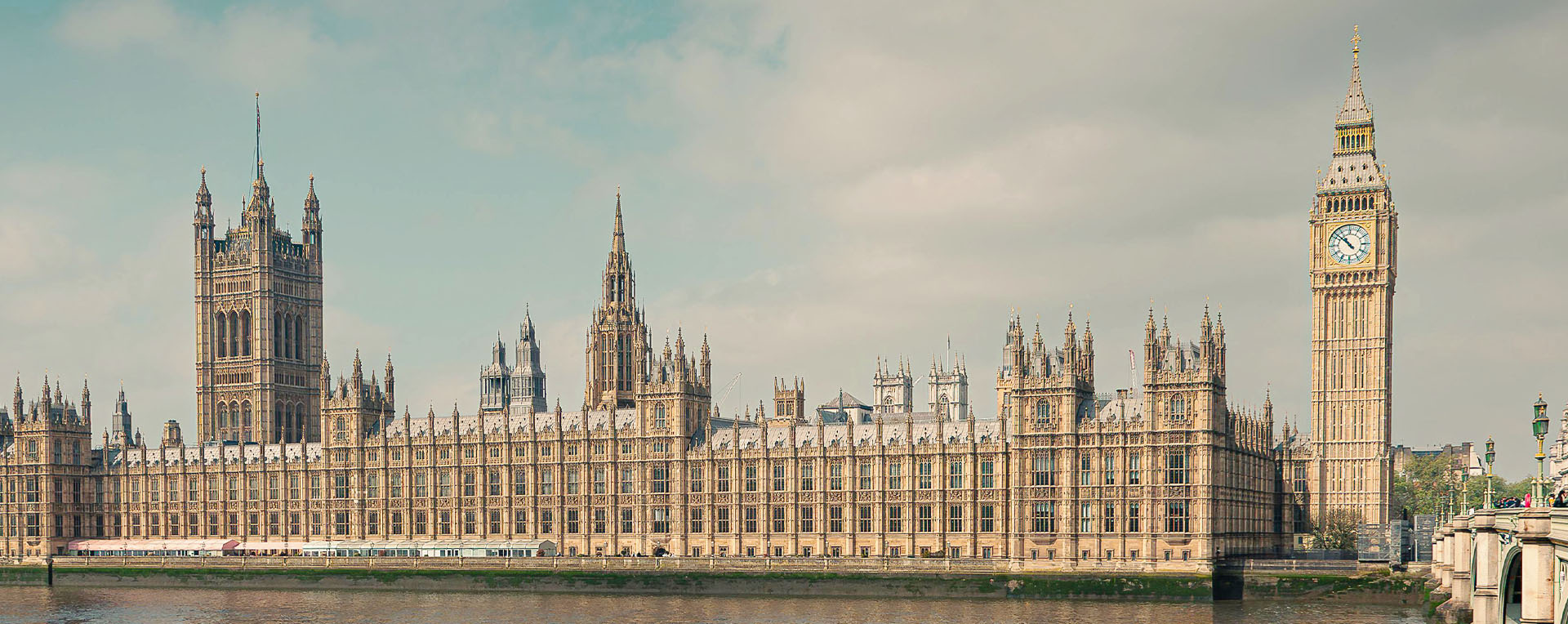Introduction
The 12th of December 2024 was a significant day in the planning world. As well as the new National Planning Policy Framework [NPPF], the latest Housing 2023 Delivery Test [HDT] results, new standard method [SM] for calculating Local Housing Need [LHN], and updates to the Planning Practice Guidance [PPG] were all published. The trend of governments giving planners a little festive present is starting to get embedded. This made for some very busy planners scrambling to understand the impacts of these changes on authorities in their patches.
The Lichfields Manchester team has done just that for the 35 authorities making up the North West of England. We have run the numbers and this blog summarises the effects of the changes on housing requirements and Five Year Housing Land Supply [5YHLS] positions. We also provide an overview of which North West authorities could be caught by the transitional arrangements in the new NPPF.
Housing Delivery Test
The interactive map below shows the North West authorities’ 2023 HDT results.
Bury, Chorley, and Stockport scored below 75% and are subject to the presumption in favour of sustainable development as a consequence. Halton, Rossendale, and Trafford scored below 85% and are required to apply a 20% buffer to their identified supply of deliverable sites (as well as the aforementioned three that are subject to the presumption). All of those named so far will be required to prepare an Action Plan too, in addition to Bolton and Oldham, which both scored less than 95%. The remaining 27 authorities scored 95% or higher.
New Standard Methodology
The new SM for calculating LHN is set out within the ‘Housing and economic needs assessment’ PPG, which was updated on the 12
th December 2024. The new SM is commented on
here. In terms of its impact in the North West, the map below illustrates for the change from the previous SM, as well as from the most recently adopted local plan requirement, and average housing delivery over the past three years.
All but three authorities saw an increase in their SM figure from the previous methodology. Just over half saw their figure at least double under the revised calculation. The authorities with the biggest proportionate increases to their SM figures are Burnley (569%), Hyndburn (503%), Westmorland and Furness (487%), Cumberland (352%), Blackpool (297%), Blackburn with Darwen (277%), and Cheshire West and Chester (260%). On the flip side, Liverpool, Manchester, and Salford’s figures all reduced. For Liverpool and Manchester, this is as a result of the 35% urban uplift no longer applying to the largest 20 urban areas.
When comparing the new SM figures with authorities’ latest adopted local plan requirements, five authorities’ figure represents an increase of 100% or more. Stockport is in the lead with an increase of 278% (albeit its latest housing requirement was adopted in 2011 and is out-of-date). Stockport is followed by Tameside (132%), Bury (117%), Sefton (114%), and Blackpool (109%). Only four authorities’ SM figure is less than its latest adopted housing requirement. Manchester (-31%) and Salford (-21%) feature here again, joined by Cumberland (-4%) and Fylde (-1%).
Transitional Arrangements
The new NPPF includes new transitional arrangements at Annex 1. For plan-making, the new NPPF will apply from 12th March 2025. Exceptions to this include where a plan has reached Regulation 19 (publication) or 22 (submission) stage by this date, or where the level of housing proposed is set out within a preceding local plan (such as a joint local plan) adopted since 12th March 2020. The latter will apply, for example, to new local plans being prepared by the nine Greater Manchester authorities covered by the Places for Everyone joint plan (adopted March 2024).
The only North West authorities that will likely reach Regulation 19 stage before 12 March 2025 are the three Central Lancashire authorities: Chorley, Preston, and South Ribble. The Central Lancashire Local Plan will commence Reg.19 consultation on 10th February 2025. As such, it will be examined under the earlier version of the NPPF, unless the draft housing requirement is less than 80% of LHN under the new standard method.
Both Hyndburn and Pendle published draft plans in 2024. However, the emerging requirements in these plans are 64.5% and 44.4% of LHN respectively and so NPPF paragraph 237 will apply to these authorities. This mean that these plans will need be revised to accord with the policies in the new NPPF, before proceeding to examination within 18 months of 12th December 2024, or 24 months if the plans have to return to Regulation 18 stage.
Wirral’s emerging local plan was submitted for examination in October 2022 but has yet to be adopted. It will continue to be examined under the earlier version of the NPPF. However, Wirral will be required to begin work on a new plan under the revised plan-making system to address the shortfall in housing need as soon the relevant provisions are brought into force. This is because the housing requirement in its emerging local plan is less than 80% of the new SM figure for calculating LHN.
Five Year Housing Land Supply
The new NPPF reintroduces a 5% buffer to their supply of sites
“to ensure choice and competition in the market for land”. This is discussed in more detail
here. For those achieving under 85% HDT, the buffer will still be the higher 20% rate.
We have calculated an indicative 5YHLS position for each of the North West authorities using the latest stated deliverable supply of sites published by the authority, the updated LHN figures (where these form the basis of the five-year requirement), and the relevant buffer. It is important to note that the latest available supply information varies in terms of the base year and some LPAs in the NW are protected from having to use the new LHN by the fact of having an up-to-date Local Plan with a lower requirement or proposals to redistribute need.
However, based on our approach, we estimate that by their own calculation only 40% of North West authorities would be able to demonstrate a 5YHLS. Our analysis suggests that Hyndburn (1.9 years) would have the weakest position, closely followed by Stockport (1.95 years)
[1]. Authorities that we estimate will have a position between the two and three year mark are Cheshire West and Chester (2.09 years), Pendle (2.39 years), West Lancashire (2.49 years), Chorley (2.54 years), Blackpool (2.62 years), Wirral (2.78 years)
[2], and Westmorland and Furness (2.99 years). Our analysis suggests that Bolton, Bury, Cheshire East, Knowsley, Lancaster, Oldham, Preston, Sefton, South Ribble, Tameside, Trafford, and Warrington will also not be able to demonstrate a 5YHLS.
Where over- or under-supply are taken into account, which local authorities may be able to do if they have an up-to-date local plan, the 5YHLS figures may be subject to change. In some cases, this may push authorities over the 5-year threshold. The Government is keeping the matter of over-supply under review and this should be considered on a case-by-case basis to determine its appropriateness.
From 1
st July 2026, a 20% buffer will be applied in authorities where a housing requirement adopted in the last five years is less than 80% of the latest LHN figure calculated using SM. Again, see more detail
here. The North West authorities where the buffer is expected to increase from 5% to 20% from July 2026 are Bolton, Burnley, Oldham, Rochdale, St Helens, Tameside, Warrington, Wigan, and Wyre. This list is also likely to include Wirral, once its local plan has been adopted. Several other authorities would be impacted by this but at present already have a 20% buffer due to their HDT result. These are Bury, Halton, Rossendale, and Trafford. That means that, from 1
st July 2026, 40% of North West authorities could have to apply a 20% buffer which will further affect their ability to demonstrate a sufficient supply.
The figures calculated above are indicative only and more detailed assessments of each LPA should be undertaken to ascertain a more accurate position. If you want to discuss the impact of these recent national policy changes on opportunities in the North West, please get in touch.
Footnotes
[1] Noting that Stockport’s supply position was lower than this in the Gatley Golf Club appeal decision
[2] Wirral will be able to demonstrate a 5YHLS position upon adoption of its emerging local plan





